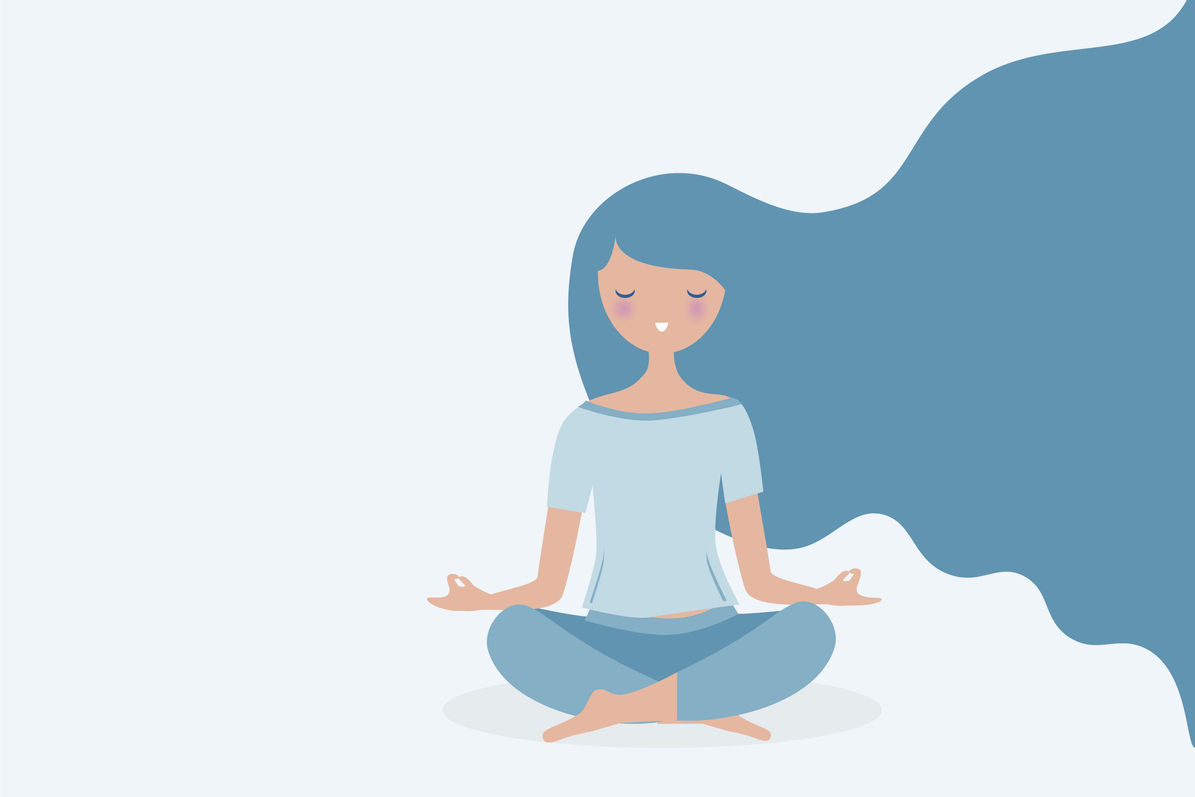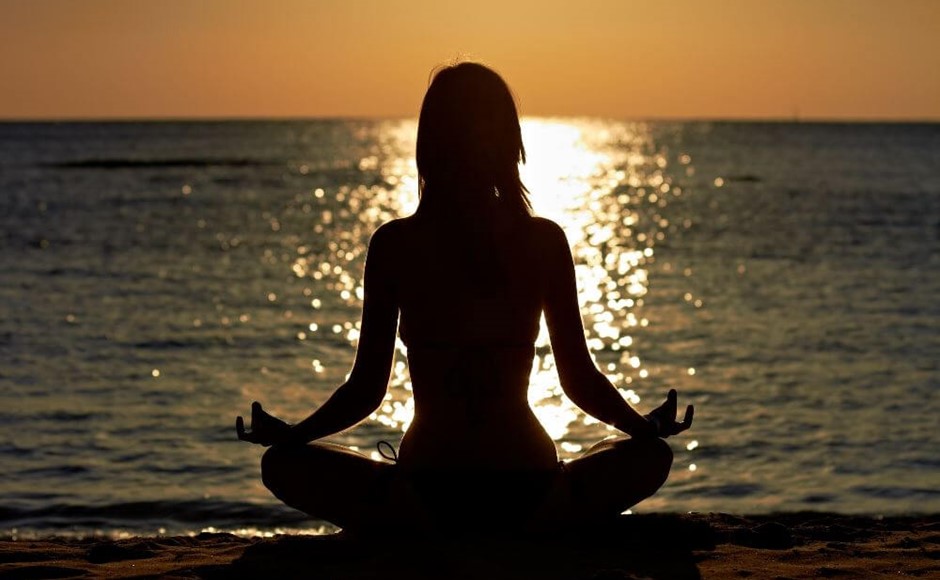In today’s fast-paced world, where constant distractions and stresses can easily overwhelm us, finding moments of tranquility and mental clarity has become essential for maintaining our overall well-being. One practice that has gained widespread recognition for its profound effects on mental and emotional health is starting meditation. If you’re new to meditation and seeking the best ways to start, this guide will introduce you to techniques that can help you find inner peace and clarity in your daily life.
Understanding Meditation
Meditation is a centuries-old practice that involves training the mind to focus its attention and eliminate the unnecessary clutter of thoughts. It’s not about emptying the mind but rather about cultivating awareness and presence.
Starting Meditation
- Choose a Comfortable Space:
Find a quiet and comfortable space where you can sit or lie down without disturbances. It could be a corner in your room, a garden, or a dedicated meditation space. - Set a Time:
Start with just a few minutes each day. Consistency is key. Gradually increase the time as you become more comfortable with the practice. - Comfortable Posture:
Sit in a comfortable position with your back straight. You can sit cross-legged on a cushion or a chair. The goal is to find a posture that helps you stay alert yet relaxed.
Breath Awareness:
- Focus on Your Breath:
Close your eyes and bring your attention to your breath. Feel the sensation of each inhale and exhale. If your mind wanders, gently bring it back to your breath. And then you can starting meditation - Deep Breathing:
Take deep, slow breaths. Inhale deeply through your nose, allowing your abdomen to rise, and exhale slowly through your mouth. This technique can help calm your mind and body.
Guided Meditation:
- Use Guided Meditations:
There are many apps and online resources offering guided meditation sessions. These recordings provide step-by-step instructions, making it easier for beginners to stay focused. - Choose a Theme:
Guided meditations often have specific themes, such as relaxation, gratitude, or self-love. Choose one that resonates with you.
Mindfulness Meditation:
- Be Present in the Moment:
Mindfulness meditation involves observing your thoughts, feelings, and sensations without judgment. This practice enhances self-awareness and reduces rumination. - Body Scan:
Start by focusing your attention on different parts of your body, from head to toe. Notice any sensations or tension, and consciously release it.
Walking Meditation:
- Walking Mindfully:
Meditation doesn’t have to be confined to sitting. Engage in walking meditation by taking slow, deliberate steps. Pay attention to each movement and sensation as you walk.
Benefits of Meditation:
- Reduced Stress:
Regular meditation can lower stress hormones and promote relaxation, leading to a calmer mind. - Enhanced Focus:
Meditation strengthens your ability to concentrate and resist distractions, improving overall productivity. - Emotional Well-being:
It can regulate emotions, reducing symptoms of anxiety and depression, and fostering a greater sense of emotional balance. - Clarity of Thought: Meditation clears mental clutter, allowing for clearer and more creative thinking.
- Improved Sleep:
Practicing meditation before bed can help relax your mind and improve sleep quality.
Embarking on a meditation journey as a beginner can be both enriching and transformative. By choosing a comfortable space, focusing on your breath, exploring guided and mindfulness meditation, and enjoying its numerous benefits, you can find inner peace, mindfulness, and mental clarity in your life. Remember, the key is consistency—start small and gradually build your practice for a more profound experience of the many gifts meditation can offer.

